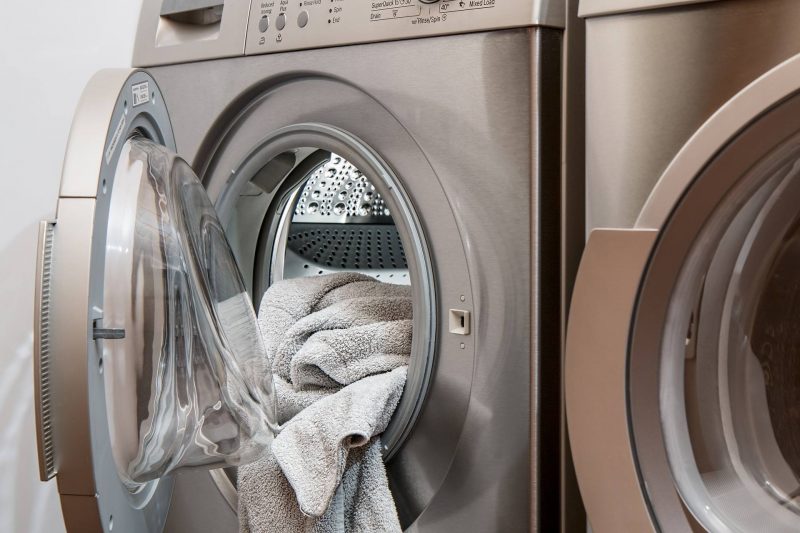Your washing machine is a workhorse. It takes all the clothes, bedding, and other assorted items in its stride. Just like any other machine, it will break down just when you least expect it and cause you to run to the local laundrette, which gets old fast. Being able to troubleshoot a few of the more common issues that crop up with washing machines enables you to fix them quickly. However, what works best is preventative maintenance and checking on different systems to avoid subsequent difficulties. Bear in mind, when there are several items to resolve or the fix is complex and there are several new parts required, then hiring a professional is probably going to be your best bet rather than attempting the fix yourself.

Here are five different ways to work on your washing machine to keep it running trouble-free for longer:
Look at the hoses at the back
While crawling around the back of your washing machine or heaving it around to get a look at the back isn’t fun for the whole family, it’s the only way to get a good look at the hoses attached to the machine! If you’re worried about getting dirty, wear some old jeans and a worse-for-wear t-shirt to assuage your concerns. The water hoses that go into and out of your machine wear out quite easily on cheaper models that come with lower quality equipment. Hoses can wear through with blisters or cracks starting to show, or the fitting could be looking lousy and ready to break. Damage from flooding in the kitchen or utility room (if you have one) can be extensive and costly to resolve. It’s best to replace all water hoses and fittings every 3-5 years and not to leave deteriorating hoses hooked up.
Preventative measures to avoid accidental flooding
Flooding can catch you unawares. It’s particularly distressing if you leave the washing machine on when you go out to run errands and come back to a major flooding problem. There are two ways to deal with this. The first is a pan that fits beneath the washing machine and catches overflowing water when the water escapes from the machine. This is inexpensive and certainly worth doing. The second is a shutoff apparatus that turns off the water flow when a problem is detected. Adding one of these is dearer, but it is installed in less than ten minutes and provides peace of mind too.
High-efficiency machines require special detergent
You should not use regular detergent for high-efficiency washing machines. The additional soap suds will create drum issues and the hoses are likely to develop mould too. There’s also the risk that using the wrong type of detergent in your machine could cause serious mechanical issues, taking your machine completely out of action. In which case, you’ll need to get your washing machine repaired by a professional to resolve the problem there.
Clean the drain pump filter monthly
The pump filter for the washer’s drain periodically clogs up with hair, torn off fabric, and bits of fluff. Tell-tale signs that the filter is clogged up including extra vibrations and clothes that aren’t getting as dry as they usually do after a spin cycle. The filter is commonly hidden behind a trapdoor; look at your product manual to find its spot.
Empty completed loads right away
It’s easy to get into the habit of leaving washed clothes in the machine and not emptying it out promptly. This causes issues because of the residual dampness, creating an ideal place for mildew and other bacteria to form. It’s also a good idea to leave the door a little ajar after using the machine to let moisture escape. Don’t leave it open too much otherwise pets might think it’s a cool new spot to camp out. Just like any other machine, and especially one that works hard and deals with dirt and water, it’s going to need some care to avoid problems.
